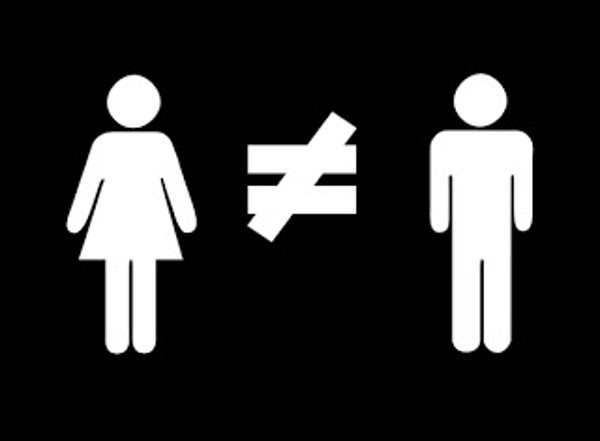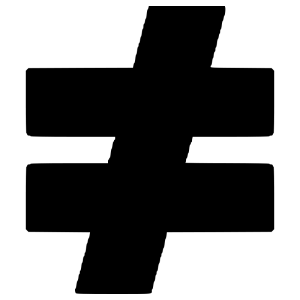
Float – You may specify each operand to be of “Float” or “Real” type.


Just like the EQU, this instruction is critical in the control systems world.

In other words, the outcome of this instruction is the absolute opposite of what the EQU will give us. However, the key difference is that the NEQ will return TRUE if the values are not equal to each other. Select the fill style for the cells that meet the criteria.The NEQ, also known as the Not Equal, instruction is used to compare two values just like the EQU Instruction.From the Format Rules section, select Custom Formula and type in the formula.The Apply to Range section will already be filled in.Highlight the cells you wish to format, and then click on Format > Conditional Formatting.The process to highlight cells that do not equal a specific number in Google Sheets is similar to the process in Excel. Highlight When Cells Do Not Equal in Google Sheets

This formula entered will return TRUE when the cell contains any text and will therefore format the text in those cells accordingly. Click Apply to format the selected range, then click Close or OK.Click OK, then OK again to return to the Conditional Formatting Rules Manager.Click on the Format button and select your desired formatting.You can do this by adding $ signs to row and column indicators, or by pressing F4 on the keyboard. It needs to be locked as an absolute cell reference. Select Use a formula to determine which cells to format, and enter the formula:.In the Ribbon, select Home > Conditional Formatting > New Rule.Select the range you want to apply formatting to.To highlight cells whose values are not equal to a specific value, you can create a Conditional Formatting custom formula using the following steps:
#Not equal to how to
This tutorial will demonstrate how to highlight cells that contain a value that is not equal to a specific value using Conditional Formatting in Excel and Google Sheets.


 0 kommentar(er)
0 kommentar(er)
